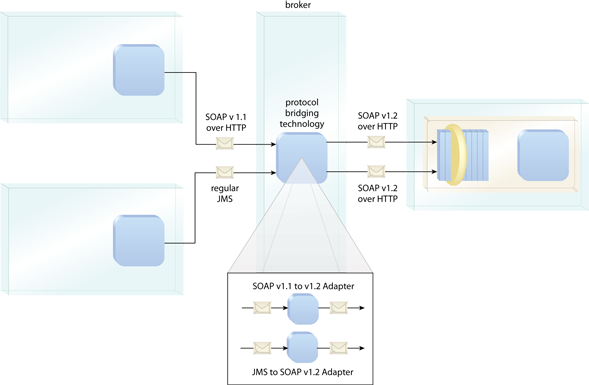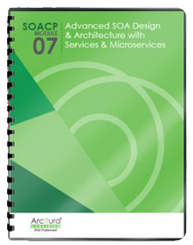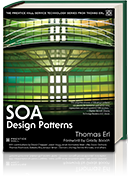SOA Patterns > Transformation Patterns > Protocol Bridging
Protocol Bridging (Little, Rischbeck, Simon)
How can a service exchange data with consumers that use different communication protocols?

Problem
Services using different communication protocols or different versions of the same protocol cannot exchange data.
Solution
Bridging logic is introduced to enable communication between different communication protocols by dynamically converting one protocol to another at runtime.
Application
Instead of connecting directly to each other, consumer programs and services connect to a broker, which provides bridging logic that carries out the protocol conversion.
Impacts
Significant performance overhead can be imposed by bridging technologies, and their use can limit or eliminate the ability to incorporate reliability and transaction features.
Principles
Architecture
Inventory, Composition

The consumer programs interact with a middle-tier broker that provides protocol bridging features. Separate protocol adapters are used to translate the two incompatible protocols to the required SOAP version 1.2 over HTTP. The broker then transmits the messages to the service on behalf of the consumers.
Related Patterns in This Catalog
Canonical Protocol, Canonical Resources, Data Format Transformation, Data Model Transformation, Dual Protocols, File Gateway, Inventory Endpoint, Legacy Wrapper, Multi-Channel Endpoint, Service Agent
Related Service-Oriented Computing Goals
This pattern is covered in SOACP Module 7: Advanced SOA Design & Architecture with Services & Microservices.
For more information regarding the SOA Certified Pofessional (SOACP) curriculum,
visit www.arcitura.com/soa.
This page contains excerpts from:
SOA Design Patterns by Thomas Erl
(ISBN: 0136135161, Hardcover, Full-Color, 400+ Illustrations, 865 pages)
For more information about this book, visit www.arcitura.com/books.

